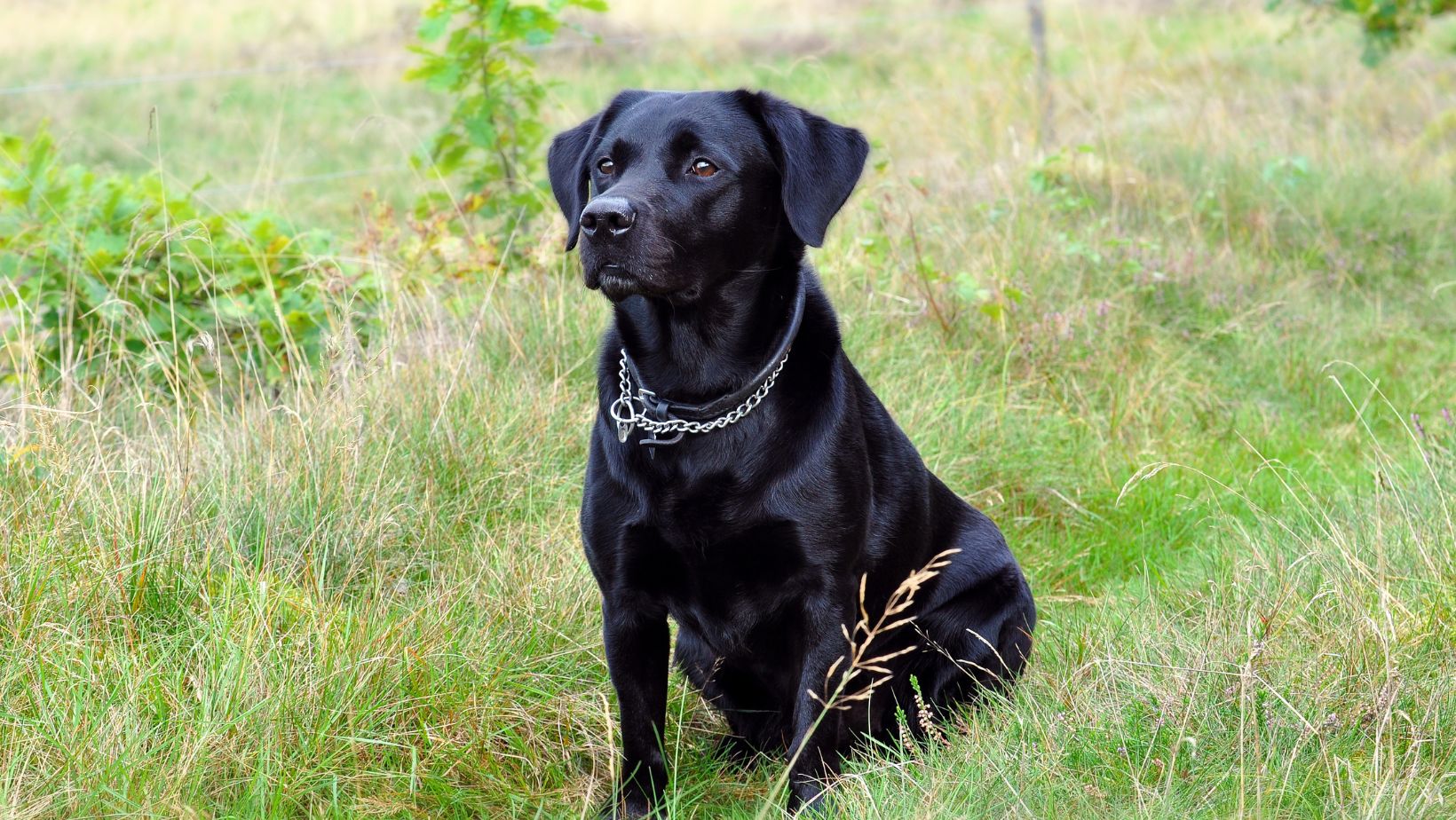How to Get a Dog to Listen to You
Getting a dog to listen to you can sometimes be a challenge, especially if you have a lively and spirited Labrador. However, with the right approach and some patience, you can establish a strong bond and effective communication with your furry friend. In this article, I’ll share some proven strategies on how to get a dog, particularly a Labrador, to listen to you.
Firstly, it’s important to understand that positive reinforcement is key when training your Labrador. Dogs respond best to rewards rather than punishment. Whenever your dog follows a command or exhibits good behaviour, praise them enthusiastically and offer treats or their favourite toy as a reward. This will help reinforce the desired behaviour and motivate them to continue listening.
Consistency is another crucial aspect of getting your Labrador to listen. Use consistent verbal cues for different commands such as “sit,” “stay,” or “come.” By using the same words consistently, your dog will learn to associate specific actions with those cues over time. Additionally, ensure that all family members use the same commands and techniques so as not to confuse your furry companion.
In addition to verbal cues, incorporating hand signals can also improve communication with your Labrador. Dogs are highly visual creatures and often respond well to gestures alongside verbal commands. For example, when teaching them to sit, combine the vocal command with raising an open hand palm-upwards in front of their face. With practice and repetition, they will start associating the hand signal with the desired action.
By following these tips on how to get a dog – especially a lively Labrador -to listen attentively, you’ll strengthen your bond with them while creating a harmonious living environment filled with mutual understanding and respect.
Teaching Basic Commands to a Labrador: How to Get a Dog to Listen to You
When it comes to getting your Labrador to listen, teaching them basic commands is an essential part of their training. By establishing clear communication and building a foundation of obedience, you can ensure that your furry friend follows your instructions consistently. In this section, I’ll share some effective techniques for teaching basic commands to your Labrador.
- Start with the essentials:
- Begin by focusing on fundamental commands like “sit,” “stay,” and “come.” These commands form the basis of obedience training.
- Use positive reinforcement such as treats or praise when your dog successfully executes a command.
- Keep training sessions short and frequent, around 5-10 minutes each, to maintain their interest and attention span.
- Use clear verbal cues:
- Employ simple and consistent verbal cues for each command. For example, use “sit” instead of “please have a seat.”
- Pronounce commands with clarity and confidence so that your dog can easily understand what you’re asking them to do.
- Incorporate hand signals:
- Pair visual cues with verbal commands by introducing hand signals alongside the spoken cue.
- For instance, hold your palm up while saying “stay” or point downward when instructing them to lie down.
- Practice in different environments:
- Gradually increase the level of distractions during training sessions by practising in various locations with increasing levels of noise or activity.
- This helps reinforce their ability to focus on your commands regardless of external stimuli.
- Be patient and consistent:
- Remember that every dog learns at its own pace, so patience is key throughout the training process.
- Consistency is crucial in reinforcing the correct behaviour; make sure everyone in the household uses the same commands and techniques when interacting with your Labrador.
By following these tips and dedicating time and effort to training, you’ll establish a strong bond with your Labrador and enhance their ability to listen and respond to your commands. Remember that positive reinforcement and consistency are the keys to success in teaching basic commands. Happy training!
